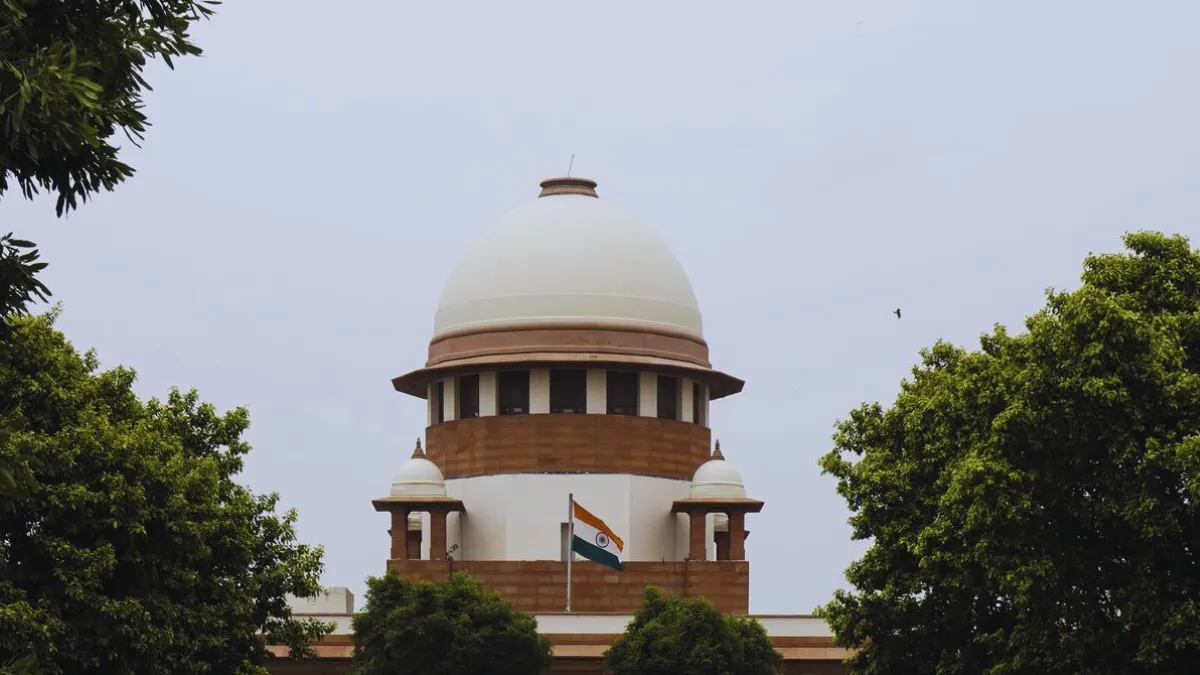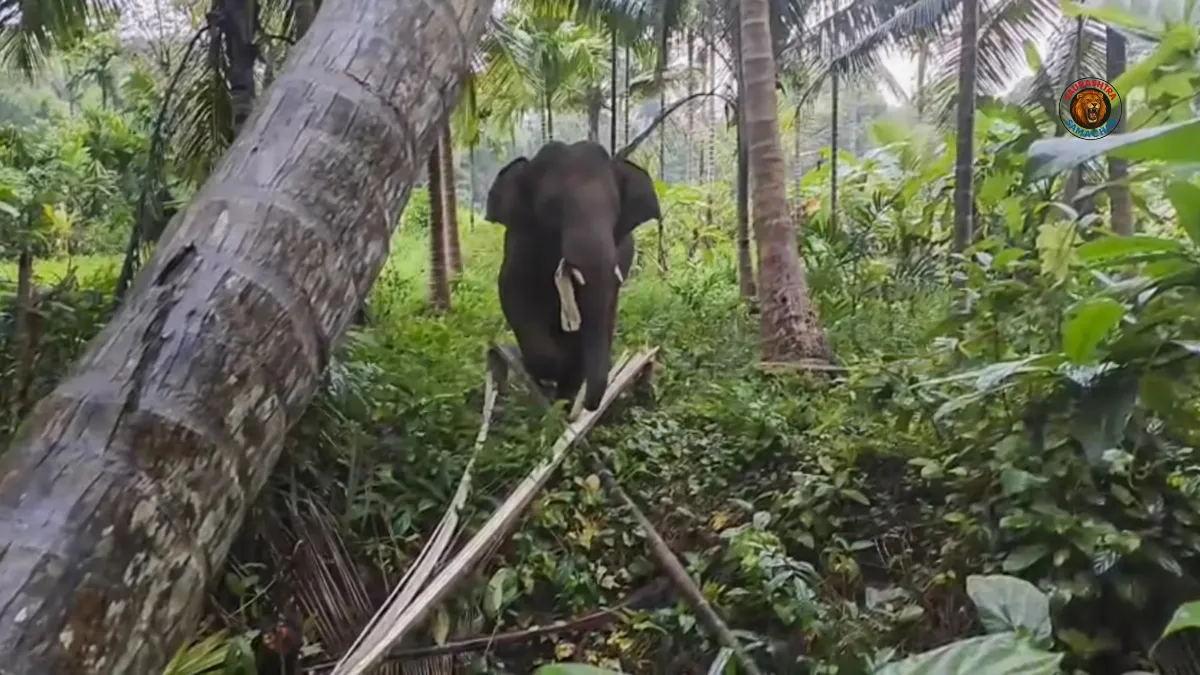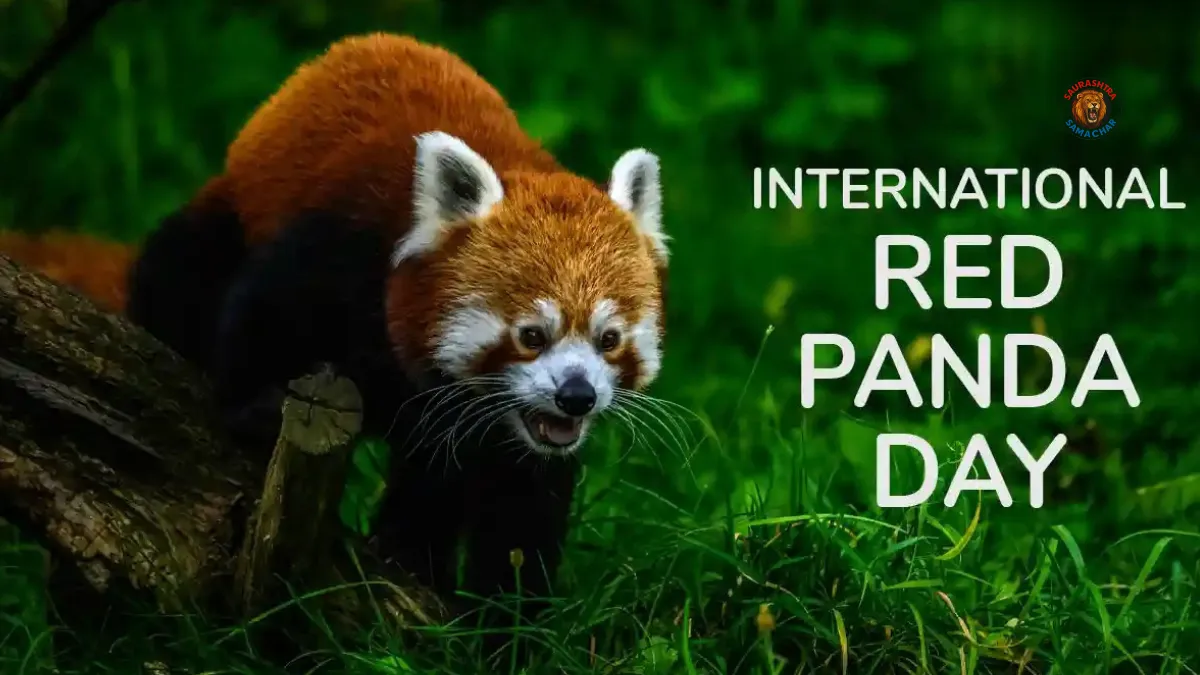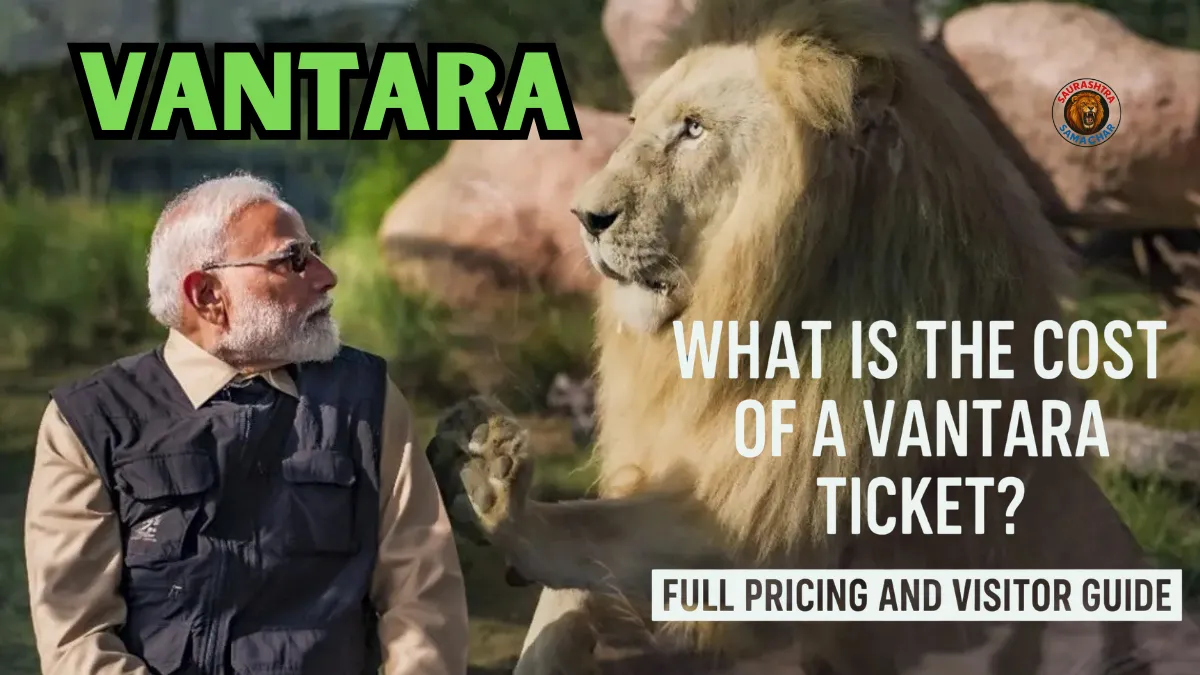Vantara, a wildlife conservation initiative run by Reliance Foundation in Jamnagar, Gujarat, has once again come under legal and public scrutiny. A new petition filed in the Supreme Court of India has demanded the formation of a court-appointed monitoring committee to ensure the “return” of captive elephants to their original owners and the release of other wild animals and birds into their natural habitats.
The petitioner, advocate C.R. Jaya Sukin, personally presented the case before the Supreme Court on August 11, 2025, seeking an urgent hearing. Chief Justice of India B.R. Gavai acknowledged the request and directed the court’s Registrar to list the matter for hearing.
Petition Highlights and Key Demands
In the petition, Mr. Sukin specifically called for:
- A monitoring committee under the supervision of the Supreme Court.
- Return of captive elephants taken to Vantara to their rightful owners.
- Rescue and release of wild animals and birds housed at the facility back into the wild.
According to the petition, several laws and wildlife protection rules have been violated in the process of bringing these animals to Vantara. Mr. Sukin claimed that state administrations failed to prevent these actions, alleging that some officials were compromised while others were threatened.
The petition states that captive elephants were taken forcibly from temples and their owners. Moreover, it alleges that endangered species of animals and birds—both from within India and abroad—were brought to the Jamnagar facility under the guise of a rescue and rehabilitation program.
Allegations of Large-Scale Animal Transfers
The petition outlines four major sources through which animals have been sent to Vantara:
- Private entities such as the Madras Crocodile Bank Trust in Tamil Nadu, the Association for the Conservation of Threatened Parrots in Germany, and Fauna Zoo de Mexico.
- State-owned zoos including Sakkar Baug Zoo in Gujarat and Assam State Zoo.
- Exotic species seized from wildlife trafficking operations, which were later transferred to the facility.
- State forest departments that redirected wild animals captured during human-animal conflicts to Vantara.
Mr. Sukin further alleged that some of these transfers were not only unregulated but also in violation of both national and international wildlife conservation laws.
Concerns Raised by International Wildlife Groups
The petition also notes that concerns have been raised by global conservation organizations. For instance, the Wildlife Animal Protection Forum of South Africa, which consists of 30 member organizations, has urged India’s Ministry of Environment to investigate the large-scale transfer of wild animals from South Africa to Vantara.
Such international attention highlights the growing debate over whether privately run conservation facilities like Vantara truly serve as sanctuaries or risk becoming holding grounds for exotic and endangered wildlife taken from their native environments.
Vantara – Conservation or Controversy?
Vantara, meaning “Star of the Forest,” was established by the Reliance Foundation with the stated aim of providing rescue, rehabilitation, and long-term care for injured, abandoned, or endangered animals. Spread over thousands of acres, the facility claims to provide state-of-the-art veterinary care, spacious enclosures, and a safe environment for various species.
However, critics argue that the capture and transfer of animals—especially elephants from temples and other private owners—raises ethical and legal concerns. The core question remains: Should animals that have been part of human care for years be relocated to private conservation facilities, or should they remain with their long-term caretakers?
Legal and Ethical Debate
This case is not just about elephants—it opens a broader debate about wildlife conservation in India. The Wildlife Protection Act,1972, lays down strict rules about capturing, transferring, and trading wild animals. Any movement of such species, especially endangered ones, requires thorough documentation, permits, and adherence to animal welfare standards.
If the petitioner’s claims are correct, some of these protocols might have been bypassed. This has led to concerns about transparency and accountability in the functioning of private wildlife projects.
What’s Next?
With the Supreme Court set to hear the matter, the outcome could set a significant precedent for wildlife conservation policies in India. If the court agrees with the petitioner’s demands, it could mean:
- The establishment of a central monitoring committee to oversee all animal transfers to private facilities.
- The return of elephants and other captive wildlife to their original owners or release into the wild, wherever possible.
- Stricter scrutiny on international animal transfers into India.
On the other hand, if the court finds the transfers legal and justified, it may strengthen the position of private conservation projects like Vantara.
Also read: How Villagers Fought for Madhuri Elephant
Balancing Conservation and Animal Rights
The case also raises an important philosophical question—should wildlife rehabilitation always aim to release animals back into the wild, or is lifelong sanctuary care an acceptable alternative? Supporters of Vantara argue that for many animals, especially those injured or raised in captivity, survival in the wild would be impossible. Critics counter that removing healthy wild animals from their habitats only disrupts ecosystems and fuels demand for exotic species.
Conclusion
The petition against Vantara reflects the growing tensions between private wildlife initiatives and traditional conservation laws. While the facility has been praised by some for its advanced care and rehabilitation efforts, others see it as an example of how powerful organizations can bypass rules under the banner of conservation.
The Supreme Court’s eventual ruling will not only decide the fate of the elephants and other animals currently housed at Vantara but could also reshape India’s approach to wildlife management for years to come.
As the legal battle unfolds, one thing is clear—India’s rich wildlife heritage must be protected, but the methods and ethics of doing so will continue to spark debate.














